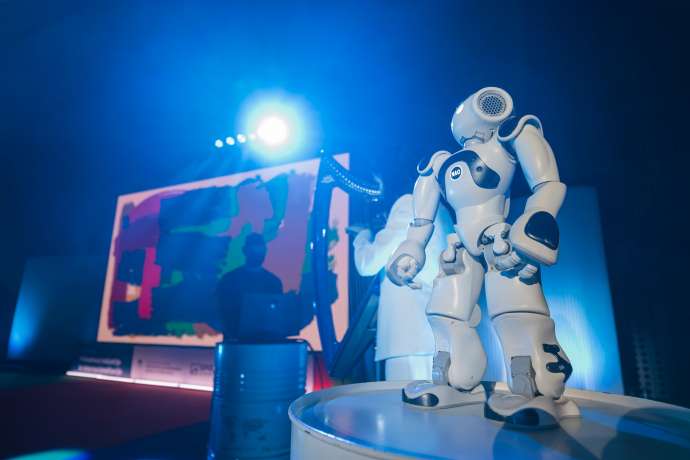STA, 21 September 2020 - The Economic Development and Technology Ministry presented on Monday a draft of industrial strategy for 2021-2030, which looks to create the conditions for restructuring Slovenia's industrial sector into an industry of knowledge and innovativeness for new and better jobs.
Presenting the document at a conference in Brdo pri Kranju, State Secretary Simon Zajc said that it featured well thought-through and effective measures which would provide the industry with additional development momentum.
The basic purpose is to set up guidelines for industrial development, which would serve as basis for support measures, he said, adding that one of the key tasks should be connecting value chains, companies of various sizes and knowledge institutions with other stakeholders.
The government wants to create conditions for a knowledge- and innovativeness-based industry to secure new and better jobs. "We want to realise the vision of Slovenia's industrial development as green, creative and smart."
Danes na Brdo pri Kranju poteka Konferenca Prihodnost industrije in internacionalizacije, ki združuje 3. Nacionalno...
Posted by Ministrstvo za gospodarski razvoj in tehnologijo on Monday, 21 September 2020
The principal indicator of the Slovenian industrial strategy is labour productivity, which the ministry wants to reach EUR 66,000 in added value per employee by 2030. The intermediate goal for 2025 has been set at EUR 60,000.
What is key for green development is resource productivity, with the goal being to create as much added value as possible with the expenditure of raw materials and other resources, the document says.
The innovation indicator is key when it comes to creative development, and the Digital Economy and Society Index (DESI), which measures progress of EU member states in digital competitiveness, is the main indicator for smart development.
From the aspect of green development, transition to circular economy, decarbonisation of the energy-intensive industry, sustainable mobility and industry based on wood and other natural materials are of key importance.
As for creative development, the strategy wants to create a favourable environment for innovation, including support for nanotechnology innovation.
In smart development, Zajc pointed to digitalisation and support for the entire cycle of research and development, saying that particular attention would be paid to internationalisation.
The strategy will be in public consultation until 16 October.






